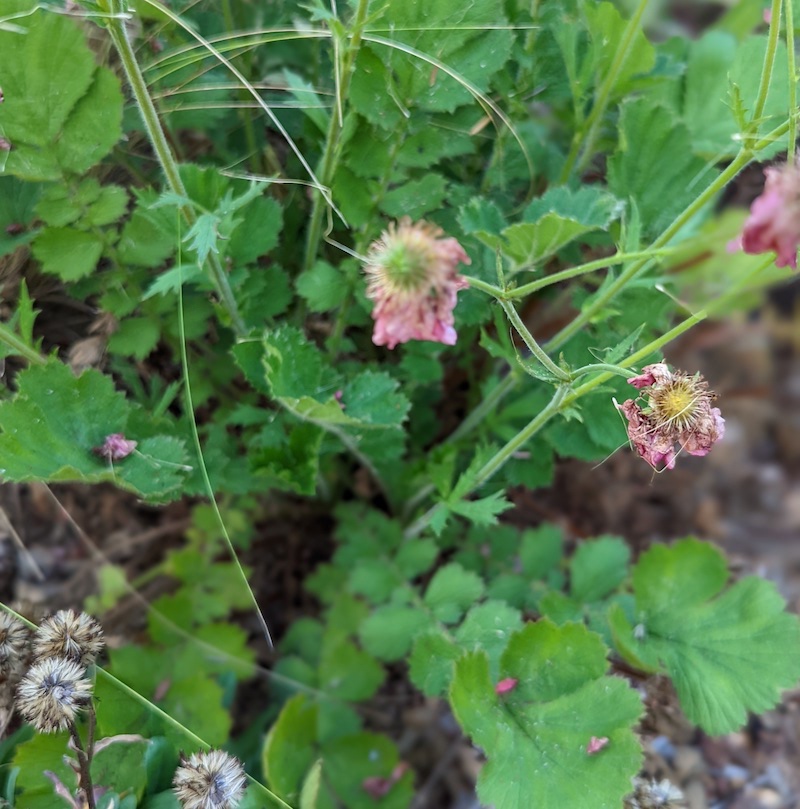A clump-forming growth habit with lush foliage and stunning summer blooms makes Avens a striking addition to an outdoor space. This plant can grow in USDA zones 3 through 9, although each cultivar is different, so check the specific type before deciding whether this plant is right for your area. Avens is an herbaceous perennial in colder zones, and grows as an evergreen in warmer regions. Deadheading the plant will maintain a tidy look and possibly encourage another flush of blooms. Understanding when and how to trim the plant will rejuvenate growth and help it stay full and healthy.

When to Prune Avens
Some types of Avens bloom in the spring and summer, while others exclusively bloom during the summer. All Avens benefit from being deadheaded. Flowers can be removed anytime after they start to fade or decline. Pinch back the flowers at the base of the bud.
All growth can be pruned back in the fall before the temperatures turn cold. Avens are herbaceous perennials, and cold weather will kill the foliage, but new growth will appear in the spring. Cut the stems back to a few inches above the ground.
Why Prune Avens
Plants continue to support flowers as long as they are attached. Removing faded flowers enables the plant to redirect energy into new growth. Deadheading plants may encourage Avens to push out more flowers for a longer blooming season. Removing the growth during the fall will keep the space neat while reducing the risk of mold and clearing the way for new growth in the spring.

How to Prune Avens
Step 1 - Monitor the flowers for signs of decline
Flowers can be trimmed away at the base of the stem as soon as they start to fade.
Step 2 - Look for dead or damaged growth
Cut dead growth back until there is green, viable growth.
Step 3 - Trim back all growth in the fall
Cut back all of the stems to a few inches above the ground after the last of the flowers have faded.
Avens Pruning Tips
- Remove spent flowers as soon as they start to fade
- Cut back dead or damaged growth at any time during the growing season
- Trim back all growth in the fall
 |
Author Alison Cotsonas - Published 23-08-2022 |
